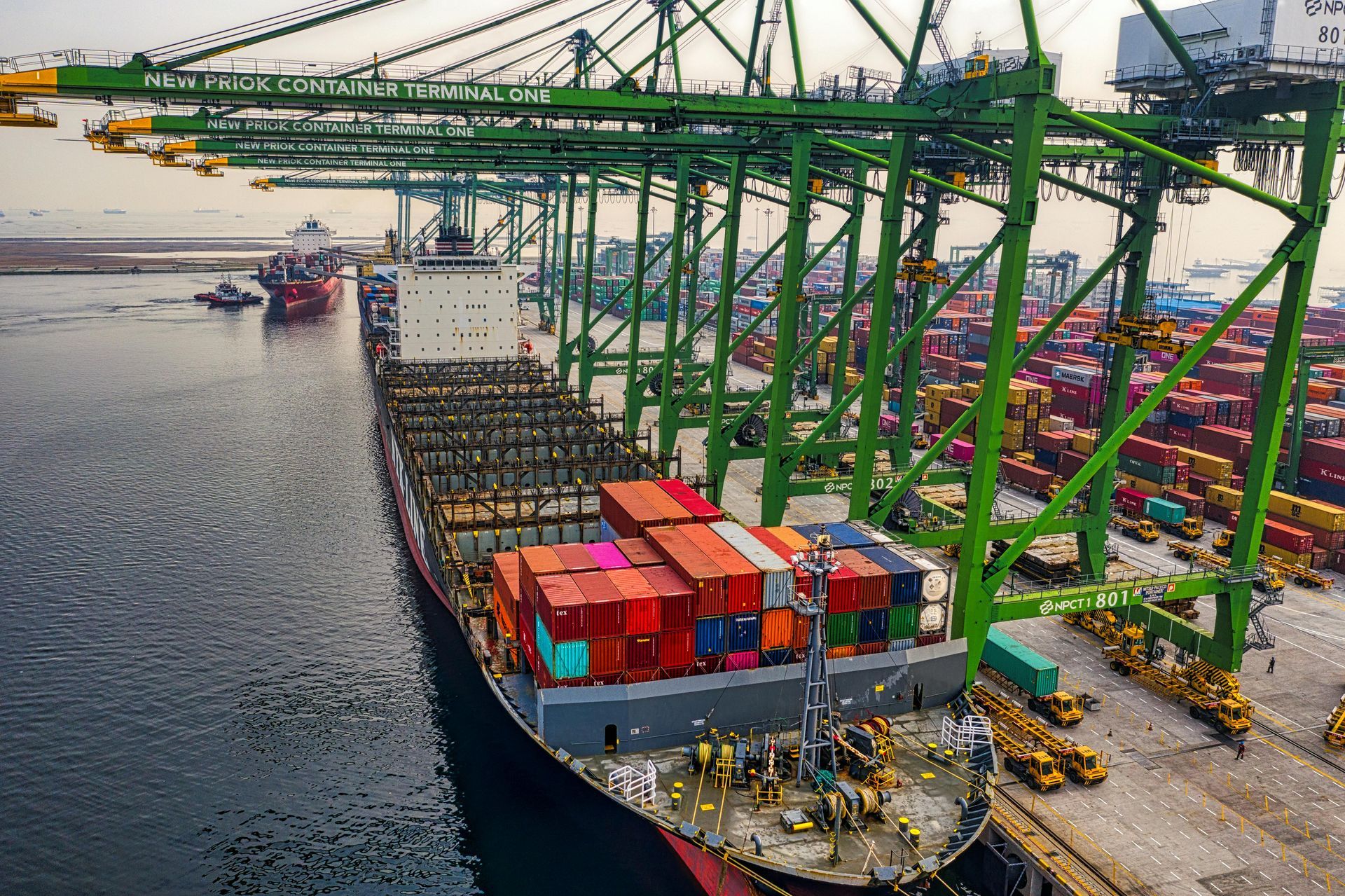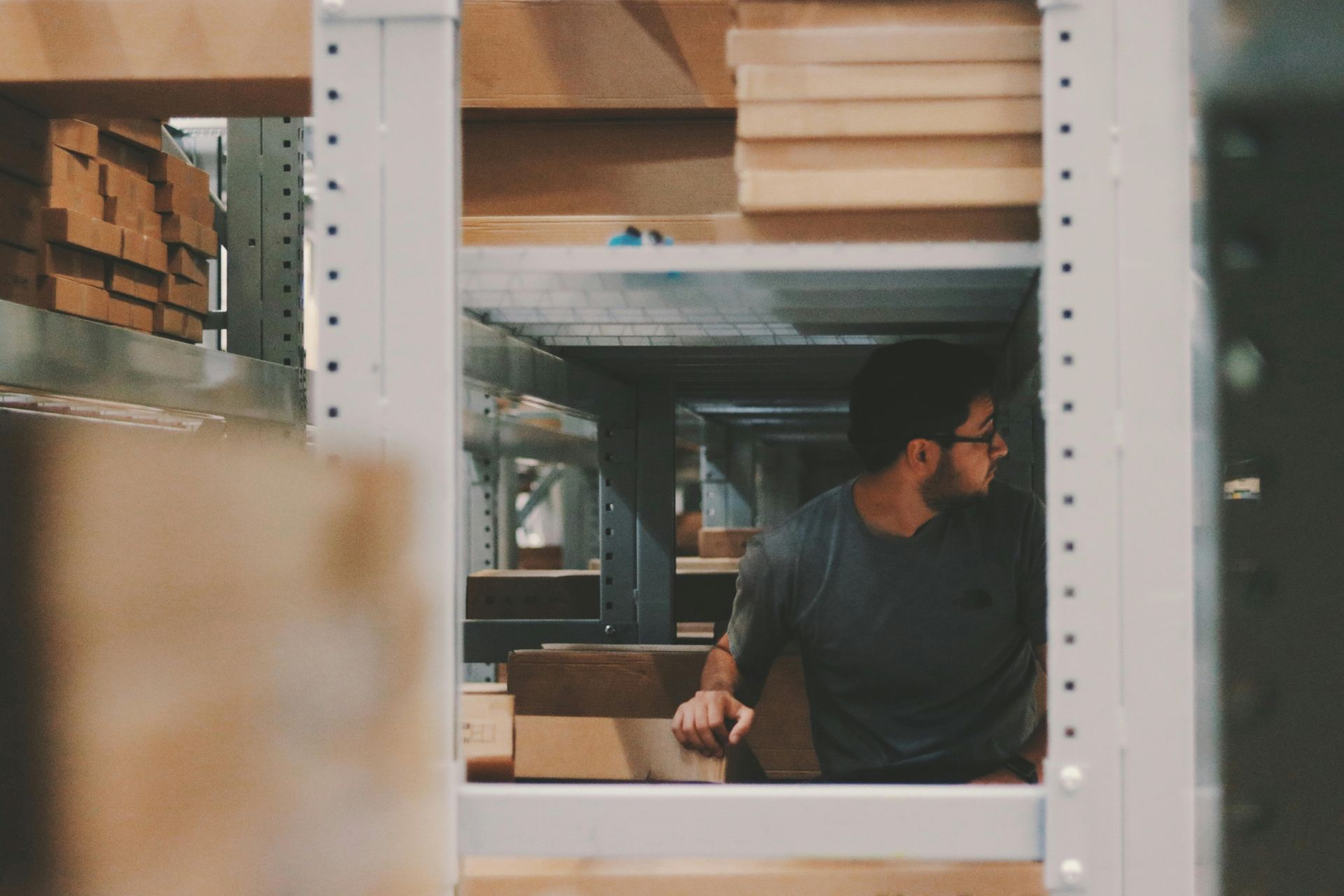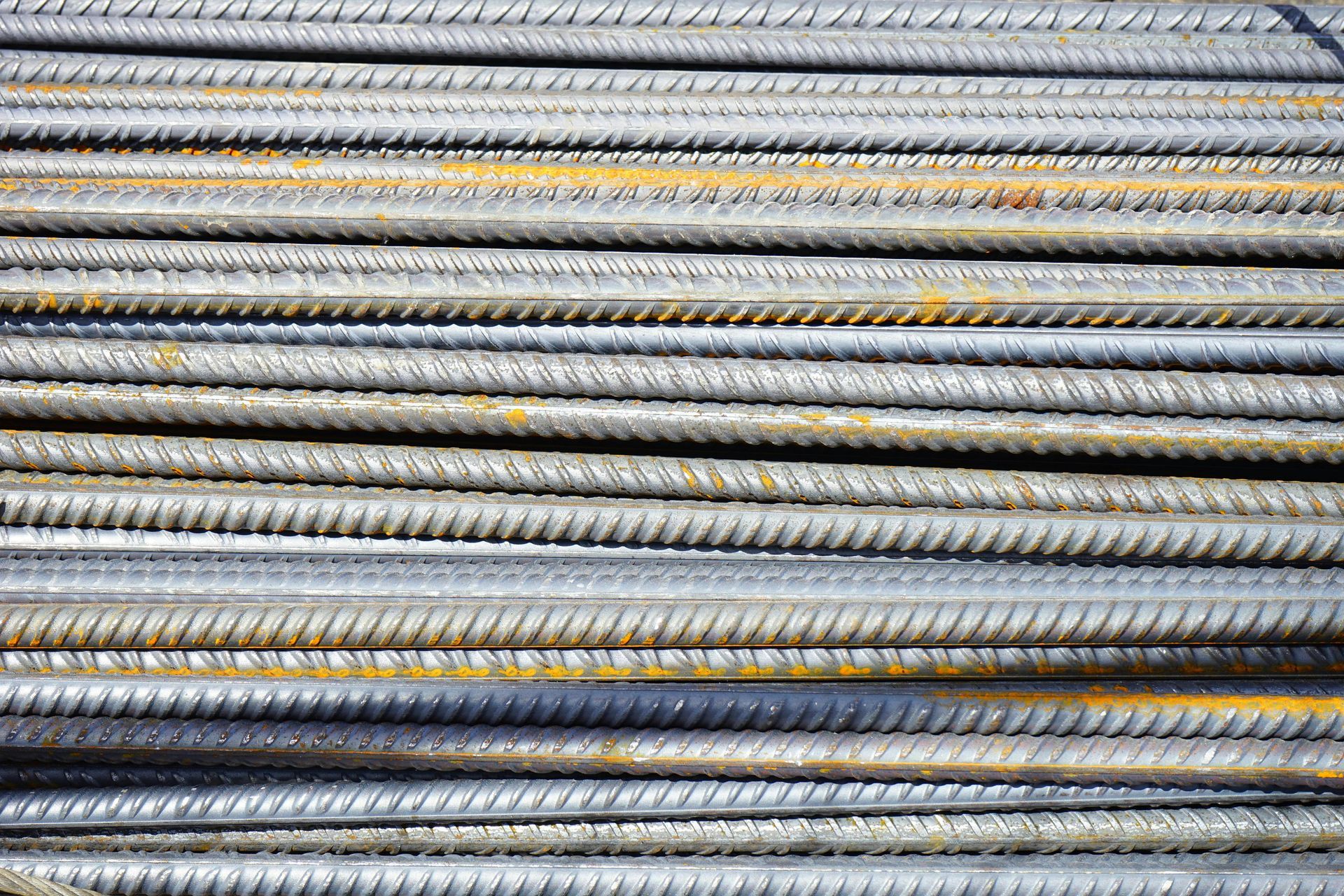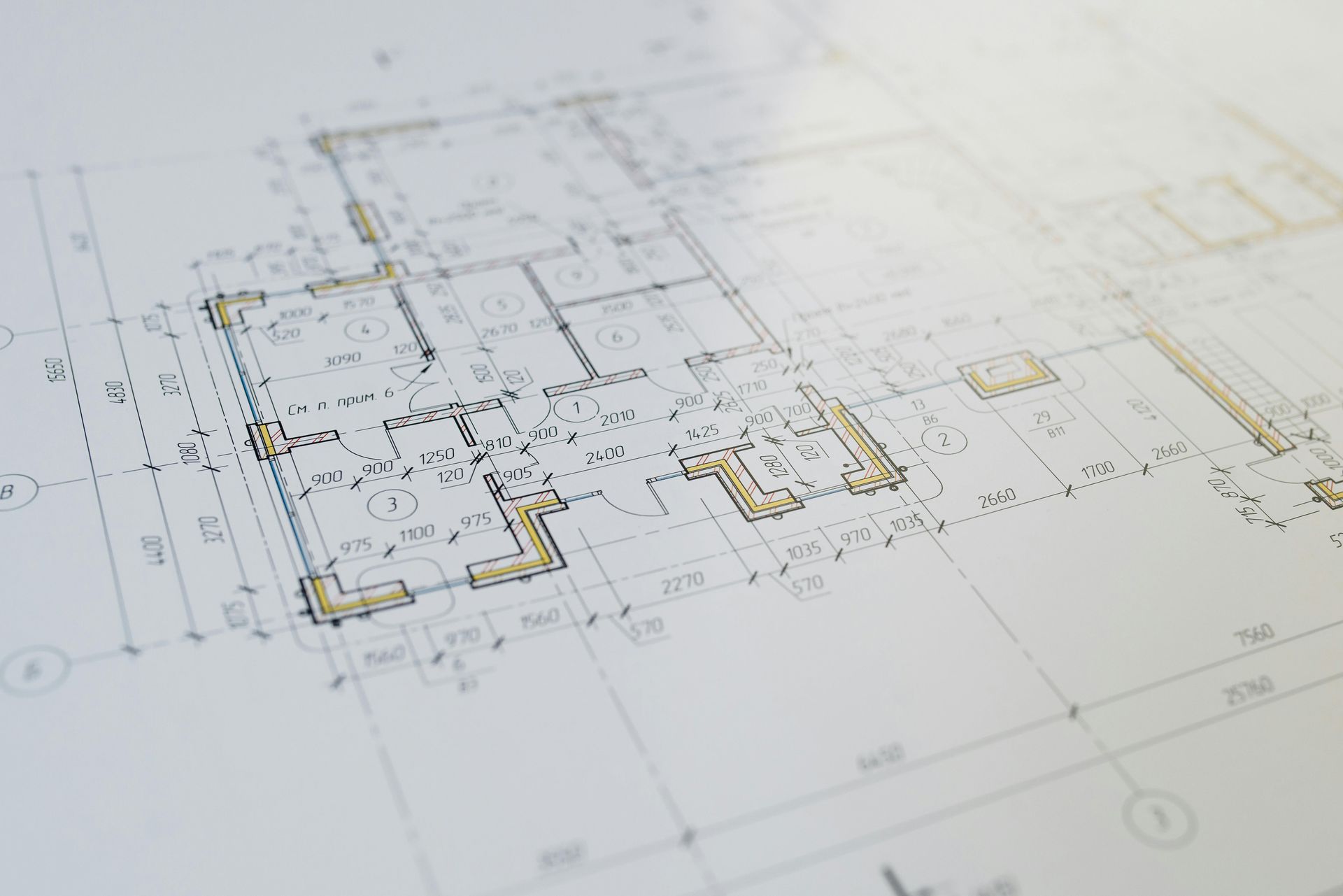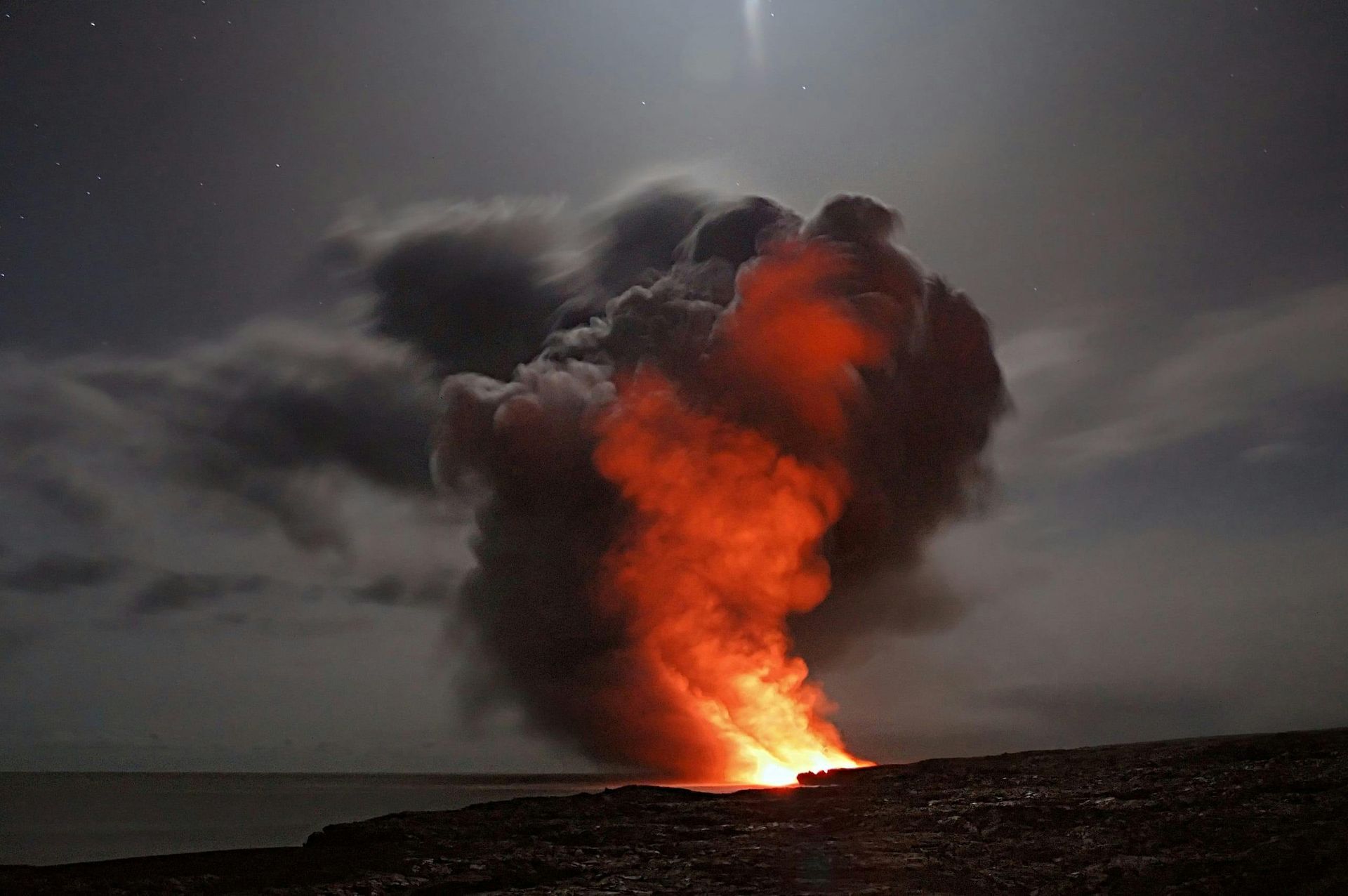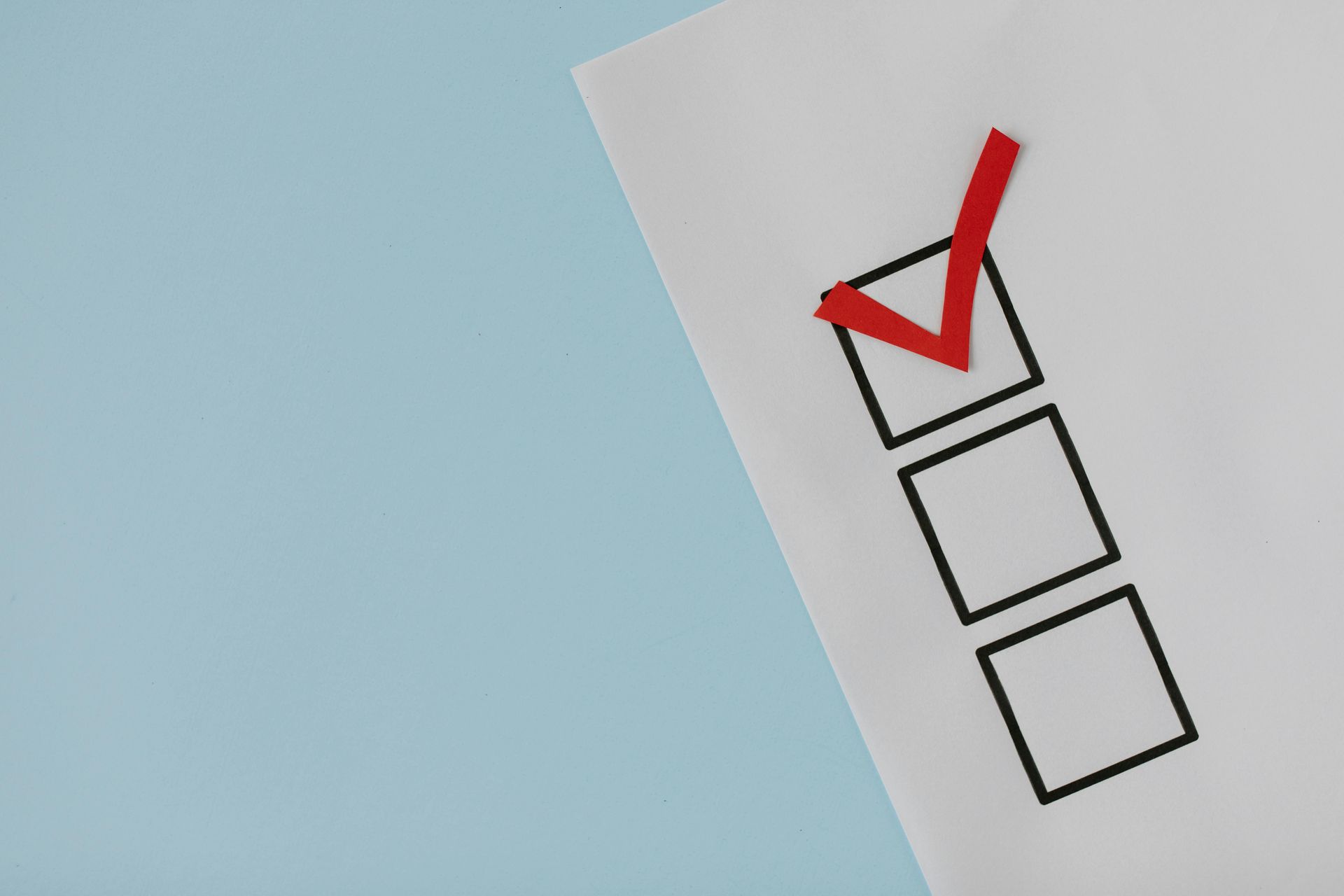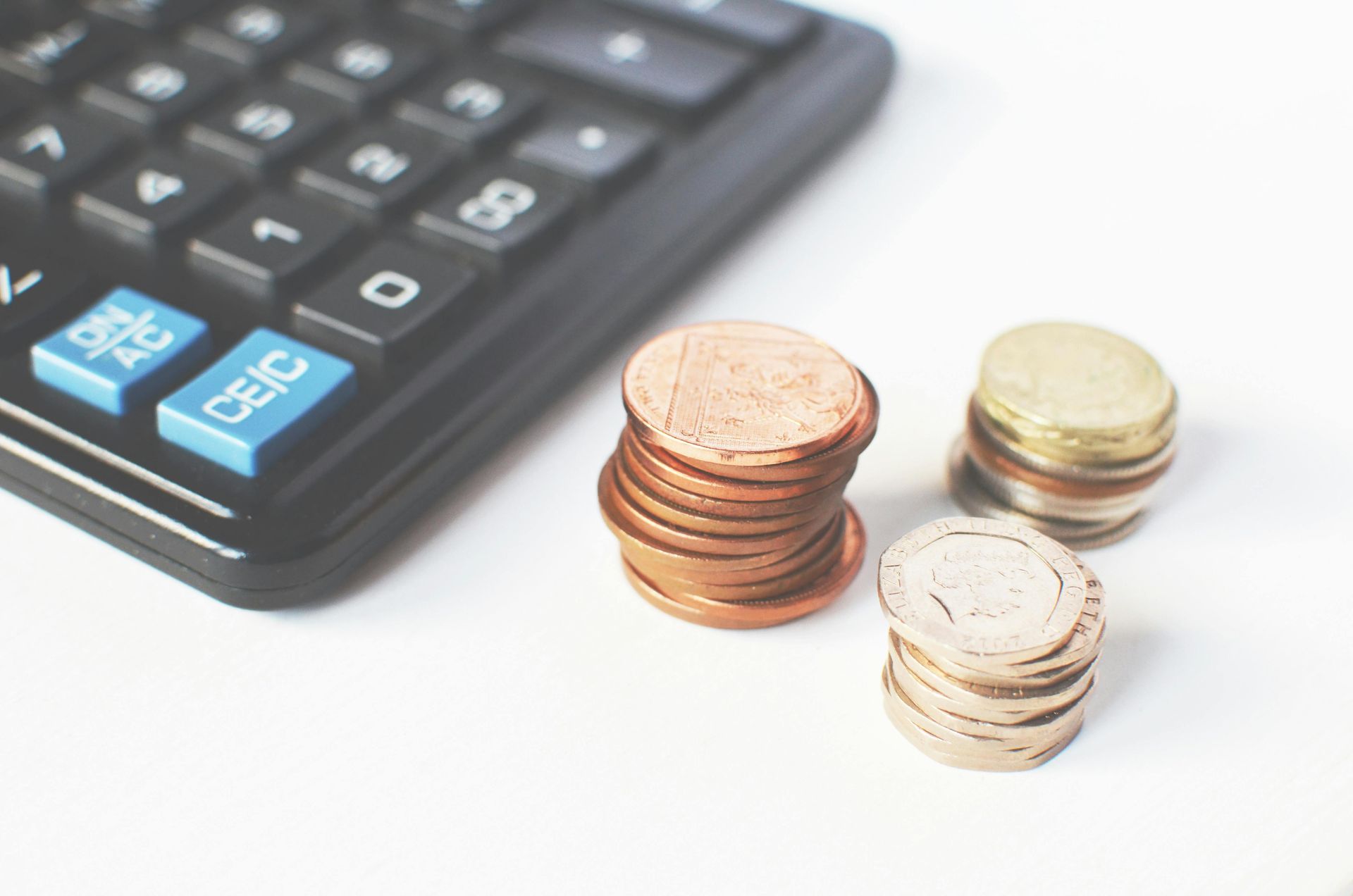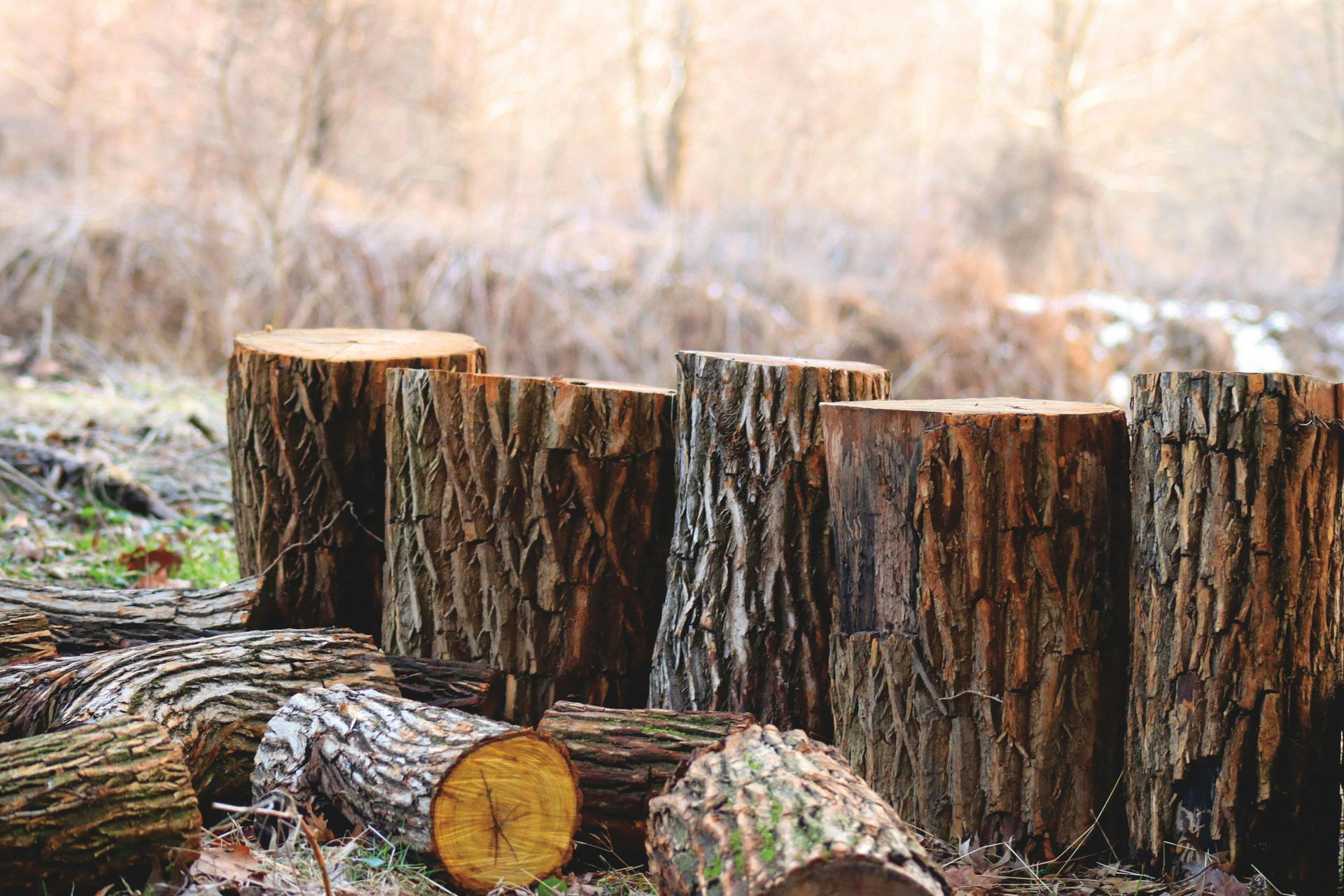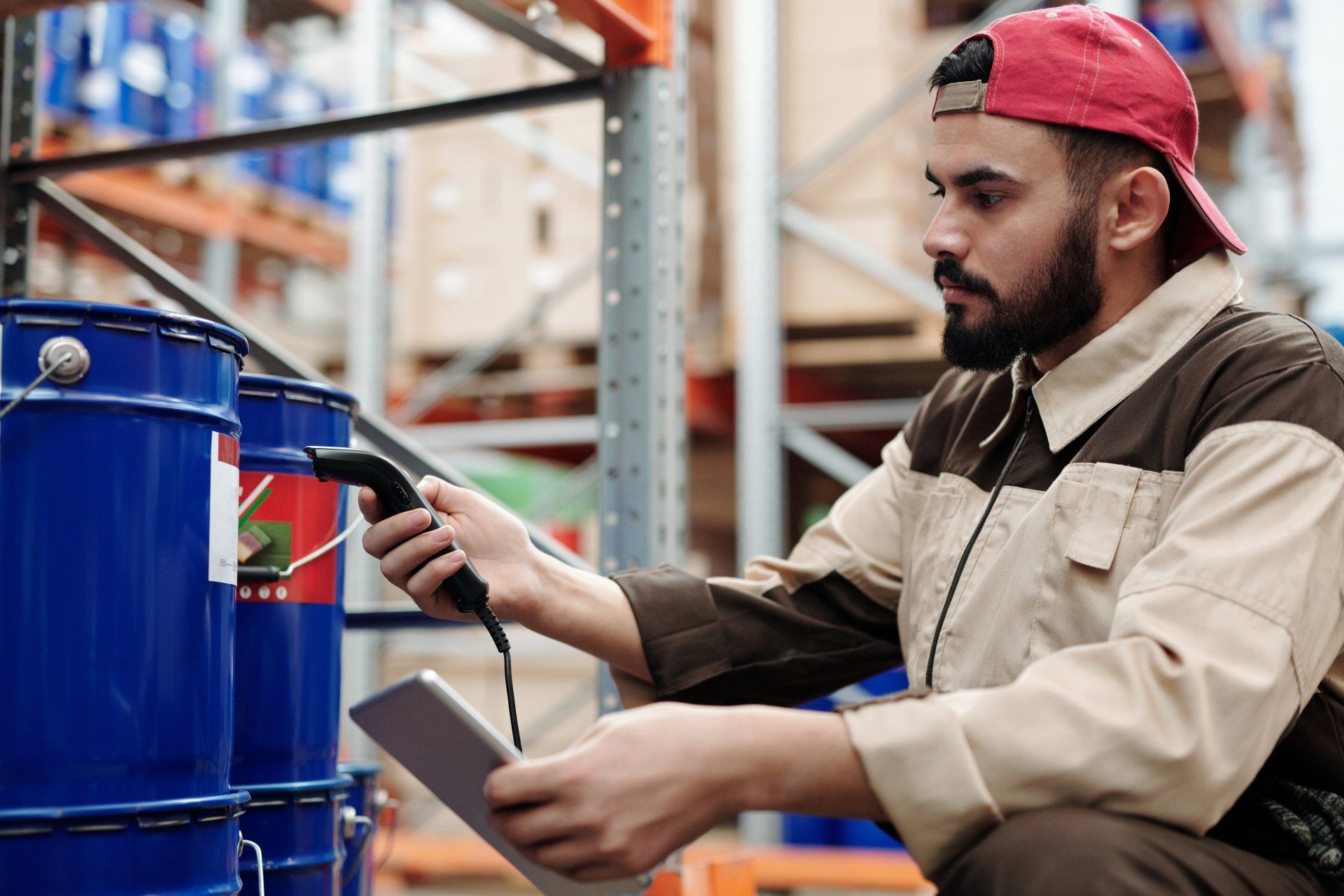Creating Resilient MDUs: Strategies to Prepare for Extreme Weather and Natural Disasters
As extreme weather events and natural disasters grow in frequency and intensity, resilience has become a crucial consideration for Multiple Dwelling Unit (MDU) developers and property managers. The stakes are high: hurricanes, wildfires, floods, earthquakes, and other disasters can cause significant damage to buildings, displace tenants, and disrupt operations. For MDUs, resilience isn’t just about mitigating damage; it’s about protecting lives, maintaining business continuity, and preserving tenant trust.
In this comprehensive guide, we’ll explore strategies to make MDUs more disaster-resistant—from construction techniques and energy resilience to emergency preparedness and tenant education. With the right measures in place, MDUs can face natural disasters with greater confidence and recover faster when the unexpected occurs.
Resilient Construction: Building to Withstand Disasters
The foundation of disaster preparedness lies in resilient construction practices that help MDUs endure extreme conditions. Tailoring building designs to local risks is essential to ensure long-term durability and safety.
- Flood-Resistant Construction: In flood-prone areas, developers should consider elevating structures above expected flood levels. Pier foundations, raised platforms, or water-resistant materials like concrete blocks and closed-cell insulation can protect MDUs from water damage. Installing sump pumps with backup power ensures that any water infiltration is quickly managed.
- Hurricane-Ready Features: MDUs in coastal regions prone to hurricanes benefit from reinforced concrete walls, hurricane clips, and wind-rated roofing systems. Impact-resistant windows, roll-down storm shutters, and shatterproof glass reduce the risk of flying debris causing injuries or structural breaches. Design considerations, such as aerodynamic roof shapes, help minimize wind pressure on buildings.
- Fire-Resistant Materials: In wildfire zones, fire-resistant materials are critical. Options like metal or clay roofing, non-combustible siding (e.g., fiber cement), and fireproof decking create barriers to fire spread. Installing ember-resistant vents and fire-safe landscaping, such as firebreak zones, further protects properties.
- Earthquake-Resistant Design: For regions susceptible to seismic activity, incorporating flexible steel frames, shear walls, and base isolators can absorb shock and minimize structural damage. Retrofitting older buildings with seismic reinforcements is an effective way to bring them up to modern safety standards.
- Sustainable and Durable Materials: Choosing materials designed to withstand environmental stressors—such as weather-resistant cladding and low-carbon concrete—enhances both resilience and sustainability. Green construction materials not only reduce environmental impact but also improve long-term durability.
Investing in disaster-resistant construction ensures that MDUs can endure severe events with minimal structural compromise, safeguarding tenants and reducing repair costs.
Advanced Weather Monitoring and Smart Warning Systems
Technology plays a vital role in proactive disaster management. Real-time monitoring and early warning systems help MDUs prepare for adverse events before they escalate.
- On-Site Weather Stations: Installing localized weather monitoring systems, such as wind speed sensors, barometers, and rain gauges, provides real-time insights into environmental conditions. These tools enable property managers to anticipate and respond to threats like high winds or heavy rainfall.
- Emergency Alert Systems: Many MDUs now integrate emergency communication platforms to deliver alerts directly to tenants’ smartphones. Systems like Everbridge or AlertMedia allow property managers to share critical updates, evacuation orders, and safety instructions quickly and efficiently.
- Flood Detection Sensors: Smart flood sensors installed in basements or low-lying areas can detect rising water levels early and send alerts to property managers. These systems often integrate with automatic sump pumps to mitigate water damage before it escalates.
- Predictive Analytics Tools: Advanced weather forecasting tools and climate modeling software help developers assess long-term risks during site selection. By understanding historical weather patterns and projected changes, developers can choose locations and designs that minimize vulnerability.
- Backup Communication Networks: Disasters often disrupt power and communication lines, so having alternative systems—such as satellite phones or radios—ensures continuous contact between property managers, tenants, and emergency responders.
With real-time data and robust communication tools, MDUs can stay ahead of disasters, reducing the likelihood of property damage and ensuring tenant safety.
Comprehensive Stormwater Management Solutions
Flooding remains one of the most prevalent natural disasters, causing billions of dollars in damage annually. Proactive stormwater management is essential for MDUs located in areas prone to heavy rainfall or rising water levels.
- Permeable Hardscaping: Replacing impermeable surfaces like asphalt with permeable materials allows rainwater to seep into the ground, reducing runoff. Options like permeable concrete or gravel are effective for walkways, parking lots, and driveways.
- Rainwater Harvesting Systems: Installing rain barrels or cisterns to collect rainwater helps reduce runoff and provides a sustainable water source for irrigation or non-potable uses. These systems can be integrated with smart irrigation controllers to optimize water usage.
- Retention Ponds and Bioswales: Retention ponds capture excess stormwater, reducing pressure on municipal drainage systems. Bioswales—vegetated channels designed to slow and filter runoff—are another effective way to manage water while enhancing the property’s aesthetic appeal.
- Flood-Proof Infrastructure: Elevating mechanical systems like HVAC units, electrical panels, and backup generators above potential flood levels prevents costly damage. Installing one-way valves in plumbing systems prevents sewage backflow during floods.
By managing stormwater effectively, MDUs can mitigate flood risks, reduce maintenance costs, and maintain tenant confidence during heavy rainfall.
Backup Power Systems: Ensuring Energy Resilience
Power outages are a common consequence of natural disasters, and prolonged disruptions can severely impact tenant safety and comfort. Reliable backup power solutions are essential for disaster-resilient MDUs.
- Diesel and Natural Gas Generators: Traditional generators provide dependable backup power for critical systems, such as elevators, lighting, and fire alarms. Regular testing and maintenance ensure these systems are ready when needed.
- Solar Panels with Battery Storage: Solar power systems equipped with battery storage offer a sustainable alternative to generators. These systems provide clean energy during outages, reducing reliance on fossil fuels and offering long-term cost savings.
- Microgrids for Energy Independence: Microgrid technology enables MDUs to operate independently from the main power grid during emergencies. Combining renewable energy sources with battery storage creates a resilient energy ecosystem capable of powering essential services.
- Tenant-Centric Power Distribution: Prioritizing backup power for vital tenant needs—such as refrigeration, HVAC, and medical devices—ensures safety and comfort during outages. Smart systems can dynamically allocate power based on real-time demand.
Backup power systems not only enhance resilience but also provide a key selling point for tenants seeking reliability during extreme weather events.
Comprehensive Fire Safety and Wildfire Defense
Wildfires pose a unique challenge for MDUs in fire-prone regions, but proactive measures can significantly reduce risks.
- Defensible Landscaping: Designing fire-safe landscaping with fire-resistant plants, gravel pathways, and cleared perimeters prevents fires from spreading to the building. Creating "defensible space" around the property is a proven wildfire mitigation strategy.
- Roof and Vent Protection: Non-combustible roofing materials and ember-resistant vents prevent airborne embers from igniting the structure. Installing gutter guards minimizes debris buildup, reducing the risk of roof fires.
- Automated Fire Suppression Systems: Advanced sprinkler systems, including rooftop sprinklers for wildfire defense, can suppress flames before they escalate. These systems should be connected to backup power supplies for reliability during outages.
- Wildfire Risk Assessments: Regular inspections by fire safety professionals help identify vulnerabilities and ensure compliance with local wildfire mitigation standards.
Wildfire preparedness protects both lives and property, ensuring MDUs remain safe even in high-risk areas.
Tenant Education and Emergency Preparedness Programs
Resilient MDUs empower tenants with the knowledge and resources they need to respond effectively during disasters.
- Customizable Emergency Plans: Each MDU should have a tailored emergency plan that addresses local risks, evacuation routes, and safe zones. Providing tenants with printed guides and digital resources ensures accessibility.
- Community Drills and Training: Hosting annual fire drills, evacuation exercises, and first aid training sessions prepares tenants for real-world emergencies. Special accommodations should be made for tenants with mobility challenges.
- Shared Emergency Supplies: Stocking shared emergency supplies, such as flashlights, first aid kits, and bottled water, ensures that all residents have access to essentials during crises. These supplies should be stored in easily accessible locations.
- Digital Resources and Alerts: Property managers can share disaster preparedness tips, checklists, and instructional videos through tenant apps or newsletters. Real-time alerts keep tenants informed and calm during emergencies.
By fostering a culture of preparedness, MDUs create safer communities where tenants feel supported and secure.
The Future of Resilient MDUs
As extreme weather and natural disasters become more frequent, resilience is no longer a luxury—it’s a necessity. By incorporating disaster-resistant designs, smart technology, and proactive management strategies, MDUs can protect lives, minimize property damage, and maintain tenant trust.
Resilient MDUs don’t just withstand disasters—they thrive in their aftermath, providing continuity and peace of mind for tenants. By prioritizing resilience today, developers and property managers can ensure their properties remain safe, sustainable, and successful for decades to come.
